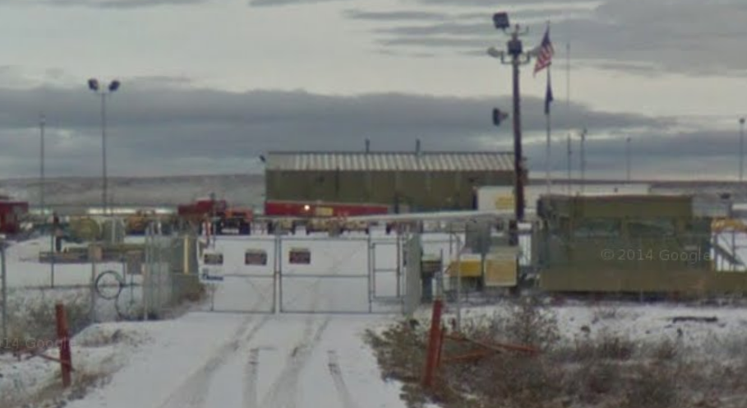← Back to Hell Holes 1: What Lurks Below
Siberian Holes, Scientific Explanation, Alaskan Hell Hole, Pump Station 2
Siberian Holes
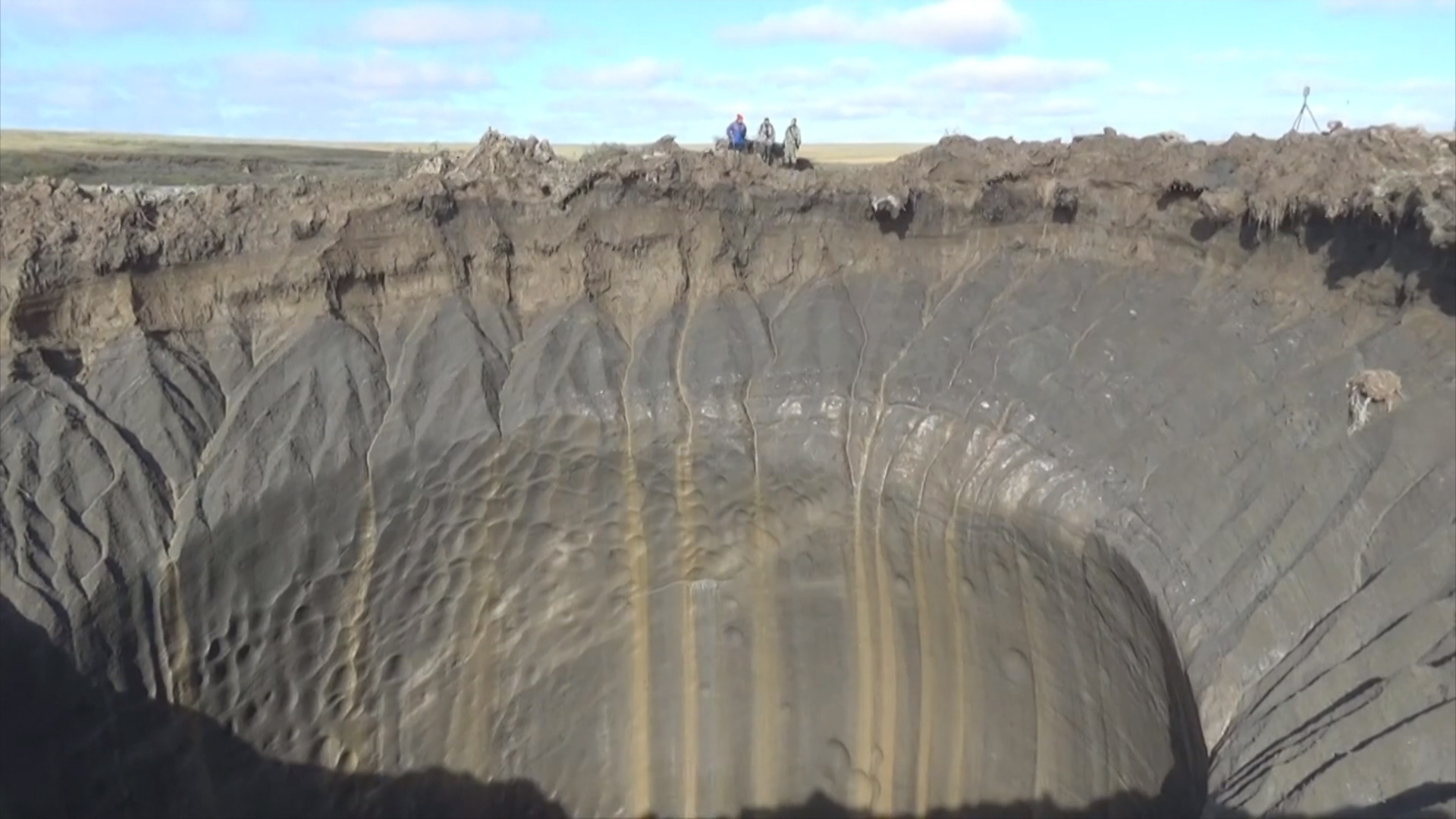
This is a photo of one of the original Siberian holes that appeared during the summer of 2014. The three people give a hint of the hole’s huge size. Note the vertical sides of the hole where the ground is frozen. It makes clear the difficulty of answering the question, where did all of the frozen ground go?
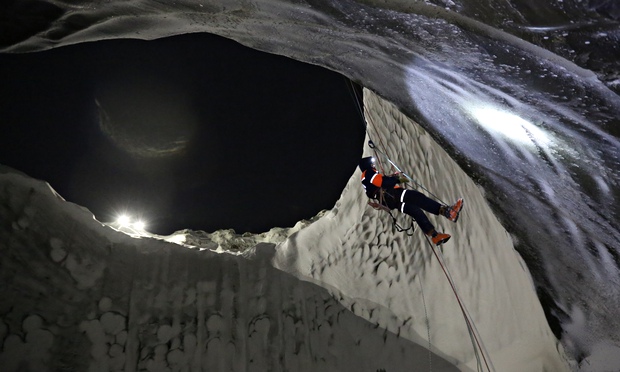
This is a photo of a geologist rappelling down into one of the Siberian holes, much like when Dr. Jack Oswald and Mark Star rappelled down into the original hell hole. Once again, the immense size of the hole is clear.
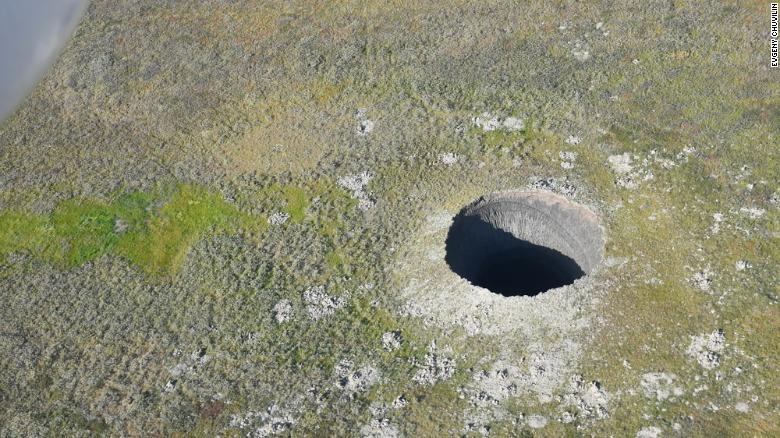
This is a photo of one of the recent holes from the air.

This is a photo of the same hole from ground level.
Some of the more recent Siberian holes appear to be more funnel shaped than cylindrical, consistent with the top part of the hole being caused by a pingo (see below). They also appear to be surrounded by some ejected dirt. Natives in the Yamal Peninsula state that the holes are formed when circular mounds of tundra explode. Within one to two years, the resulting cylindrical holes fill with water to become small lakes.
Scientific Explanations
One current scientific explanation of the Siberian holes is that methane builds up underneath a pingo, a convex-shaped lens of ice covered by a relatively-thin layer of soil. As the Arctic heats up and the ice in the pingo melts, the decreasing weight of the ice eventually enables the methane to explosively decompress (like popping a bottle of Champagne), propelling the remaining ice and soil out of the hole. As mentioned in the book, this explanation does not in my opinion explain the smooth, deep, cylindrical-shape of the hole in the permafrost.
Another scientific explanations of the Siberian holes is that a cryopeg, a deeply-buried, lens of brine (which is too salty to freeze) left-over from when the Arctic Ocean covered the Yamal Peninsula underlies ice-saturated sand that in turn is under a pingo. Like in the first explanation, methane slowly builds up in the cryopeg, and when enough of the pingo melts, the resulting lessening of pressure on the cryopeg enables the methane dissolved in the cryopeg to explosively erupt. The circular shape of the cryopeg helps to explain the cylendrical shape of the hole, although one still has the problem of what happened to all the sand. On the other hand, if the cryopeg were under a cylindrical plug of ice instead of ice-saturated sand, the lack of large amounts of sand outside of the hole would be explained (i.e., no sand and the ice just melted). However, I can find no reference to such huge cylindrical plugs of ice overlying cryopegs.
The following is a picture of a partially collapsed pingo:
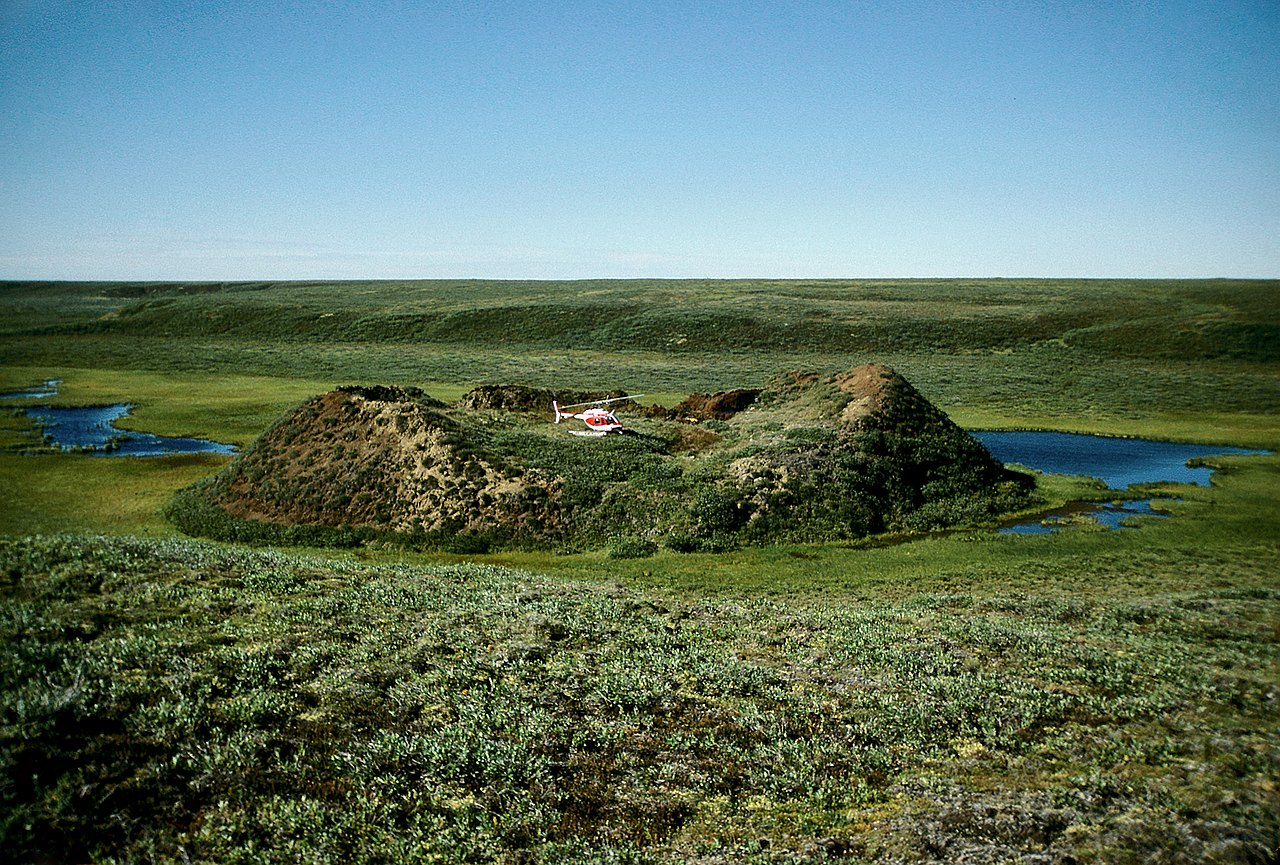
One interesting aspect of the real Siberian holes is that they typically fill with water that hides the cylindrical shape of the hole so that they appear to be normal ponds.
Location of the Hell Hole
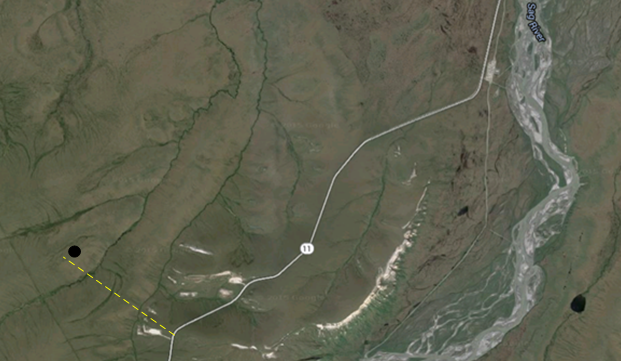
This is an aerial photograph of the area where most of the action of the book takes place. The Dalton Highway (known locally as the Haul Road labeled Highway 11) is the thick gray line that runs from the upper right to the lower left. The team drives down this highway from Deadhorse, which is a long distance off the map to the north. The Trans-Alaskan Pipeline is the thin gray line between the Dalton Highway and the Sag River. Pump Station 2 is the gray blob along the pipeline in the upper right near the river. The original hell hole is the black disk in the lower left of the photo. The team drove to the hell hole along the and the Dalton Highway roughly along the path marked by the dashed yellow line.
Pump Station 2
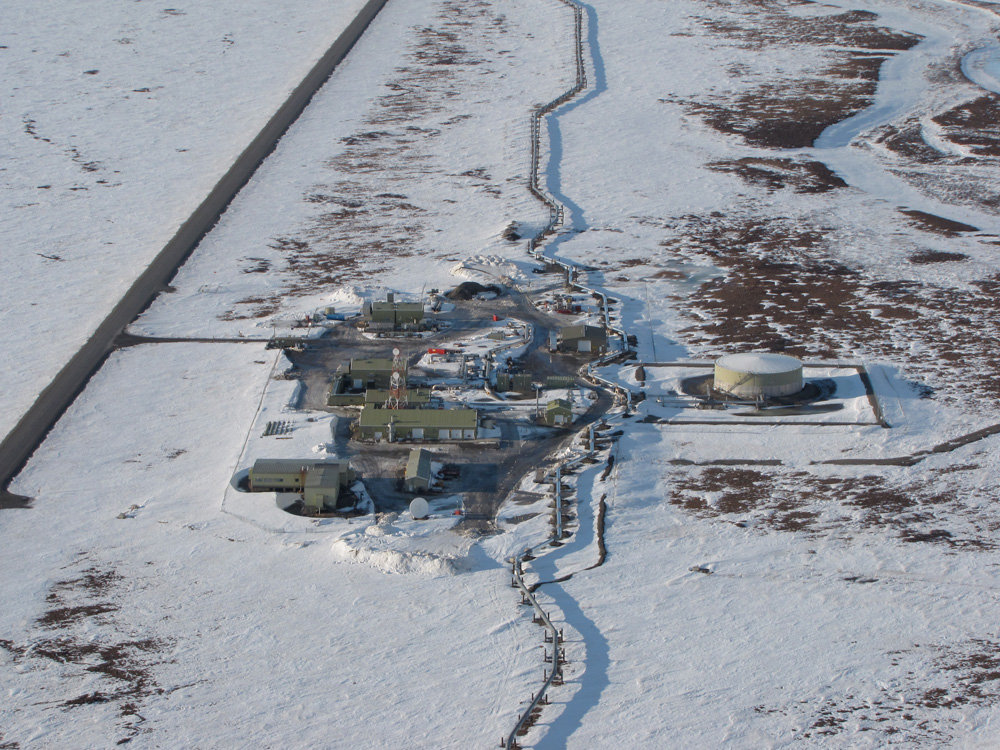
This is Pump Station 2 along the Trans-Alaska pipeline, where the team takes temporary refuge from the demons before fleeing south along the Dalton Highway towards Fairbanks (the subject of the second book, Hell Holes: Demons on the Dalton). The photo shows the pump station from the south, which is the direction from which the team members approach, hidden behind the elevated pipeline. The office and bunkhouse buildings for the L-shaped complex in the lower of the station. The garage is the small building to its right just beyond the satellite dish. The north gate and exit are at the upper left of the pump station.
Pump Station 2 Office and Bunk House
The Office Building (on the left) and the Bunk House (on the right) is where the team take refuge from the demons.
Pump Station 2 North Gate
This is the north gate of Pump Station 2 through which the survivors of the team escape onto the Dalton Highway. To make the action more exciting, these chain-link gates were replaced by a barrier gate that required the bar to be raised to allow the team’s SUV to pass. This is one of the very few places in which the book where facts were intentionally changed to fit the story.






